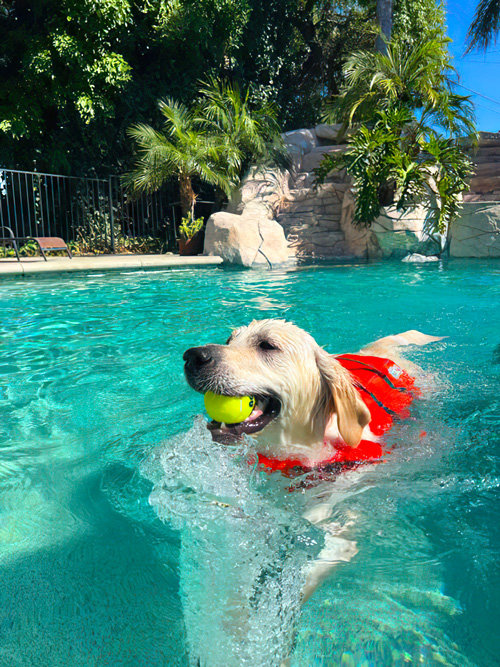Help! My Dog Won't Fetch: A Troubleshooting Guide

* All Sniffspot articles are reviewed by certified trainers for quality, please see bottom of article for details *
It may seem like fetch is something dogs are naturally born knowing how to do. It’s the classic game of chase in all the movies and TV shows — even commercial advertisements can be found showing footage of a person and their dog romping around on a beach or in a field, running after a favorite toy.
If your pup isn’t a fetch aficionado, though, don’t worry. That’s completely normal! Many dogs have to be taught how to play the game before getting into it (and some pets just aren’t excited about it at all).
Here’s everything you need to know to teach your dog to fetch. Build your bond and enjoy spending time together!
What to know before teaching your dog to fetch
Fetch is fun — but it comes with some potential health risks
Health risks of frequent exercise that involves repetitive motion, like fast-paced games of fetch, include:
- Muscle and tendon strain, soreness, and tears
- Joint damage and increased chance of developing arthritis
- Mental fixation (some particularly hyper aware dogs, like herding breeds, might have a genetic predisposition to motion sensitivity that can cause them to exhibit obsessive tendencies over time)
- Chronic overarousal where your dog struggles to relax before or after the game
You can mitigate these risks by:
- Helping your dog warm up first before strenuous exercise.
- Keeping tabs on their health with regular vet check ups.
- Paying attention if anything seems “off” with your dog (like they start moving stiffly or showing sensitivity to normal petting).
- Providing sufficient mental stimulation and other forms of enrichment alongside your games of fetch.
Not every dog is going to love fetch games (and that’s okay)
While domestic dogs share many common traits, different breeds are known for having different instincts. A Labrador Retriever, for example, is far more likely to quickly learn how to play fetch than a primitive Shiba Inu.
Breeds who generally love playing fetch:
- Retrievers
- Hunting dogs
- Some herding breeds (though many also prefer activities like treibball)
This is not to say that every dog’s game preferences fall along strict breed lines. Your pet is an individual! It is worth thinking about their ancestry and original breed purpose when deciding whether or not fetch is the best fit, though.
Be patient and remember the goal is to have fun!
Dogs are experts at reading our human energy. If you’re putting too much pressure on your pup — like if you get frustrated that they aren’t picking up on fetch as quickly as you had hoped — they’ll know. What’s more? That stress will only make it harder for them to enjoy playing with you.
Remember that above all, you’re playing with your dog to have fun together. If fetch isn’t their favorite game, that’s okay! Take a deep breath, practice patience, and keep things lighthearted.
Step-by-step process to teach your dog to fetch
While following these steps, remember a few key things:
- Always start slowly and in an area with limited distractions, like inside a familiar room of your house at a quiet time of day.
- Keep sessions short and sweet. Your dog will be working physically and mentally. Make sure to take plenty of breaks!
- Pay attention to your dog’s body language. Stop if they seem uncomfortable or overwhelmed. You want fetch to be a fun game, not a source of stress. This is a key part of positive reinforcement training.
- Remember every dog is different and learns at their own pace. There’s nothing wrong with taking your time in the fetch training process.
Step 1: Introduce the ball (or other preferred fetch toy)
Decide what you want your dog to fetch. Many dogs are happy to play with a range of toys! Some common toys for fetch include:
- Tennis balls (beware that the fabric coating of these classic toys can erode your dog’s teeth — it’s best to use them indoors where they can’t collect dirt and other debris that make them like sandpaper)
- Plastic or rubber balls
- Frisbees (make sure to limit how often your dog jumps high into the air, especially if they aren’t coordinated at landing)
- Plush toys (many dogs are more interested in chewing than chasing these toys, but some pups love bringing them back to their humans or even feel they emulate real prey animals)
Whatever fetch object you choose, excitedly introduce it to your dog. Many pets will show curiosity all on their own. If not, you can place the ball, frisbee, or other toy near your dog and reward them (using a clicker or a marker word, such as “yes,” and some of your pup's favorite high-value treats or other high value food) for getting near it, then for touching it with her nose, and so on.
You can also show your dog how much fun you have with the toy by tossing it in the air and goofing off with it yourself. Keep doing this until your dog is eager to join in!
Step 2: Move the ball or toy around
Once your dog is excited about the toy itself, begin to move your fetch object around in different directions to encourage your pup’s desire to chase. You don’t need to throw it just yet — simply hold it in a range of positions and quickly move it around to create interest. (Most dogs are naturally drawn to fast motion, part of their deeply rooted canine instincts to pursue prey.)
If your dog seems hesitant, reward them each time they look at or start to pursue the ball. Take breaks and return to your fetch process after a short period of time.
Step 3: Teach your dog to grab the ball or toy
Now that your dog is interested in your fetch toy’s movement, you can start encouraging them to actually grab it in their mouth. Place the ball, frisbee, or other object on the floor at arm’s length. Roll or move it around a little towards your dog. If they start reaching for it? Mark and reward with praise (or treats if your pup needs some extra motivation).
If they fully pick it up in their mouth, encourage them to celebrate by talking in an excited happy voice, gently clapping your hands, or engaging in whatever behavior you know makes your individual pet feel happy. You want them to know that you’re thrilled by their interest in the game so far!
Step 4: Teach your dog to pick up the toy after you throw it
While you’re still indoors, throw the ball or toy a few feet away from you. When your dog picks it up (even if this takes a while), click or use your marker word and reward them for interacting with it. Repeat this process until your dog is eagerly going for the toy as soon as you toss it.
Once your dog has mastered picking up the toy after you throw it, encourage them to bring it back to you.
- Don’t force your dog to give you the toy. Reaching directly for their face or prying open their jaws can scare them or even create resource guarding behaviors. You want the game to feel fun and cooperative!
- If your dog is hesitant to let go of the fetch object, spend a few minutes just sitting near them and offering affection while they hold it. If they eventually drop it, take the opportunity to quickly move the toy around to create excitement and throw it again.
If your dog brings you the toy and drops it for you? Click or use your marker word, praise, and reward them heartily! Note that this is probably going to be the most challenging part of the process — don’t beat yourself up if your dog doesn’t get it right away.
Step 5: Begin to throw the toy farther
As your dog understands what you want from them, you can up the ante by throwing the toy farther and farther away. Make sure to mix in shorter throws here and there too, though, to keep up the excitement and interest. The last thing you want is for your dog to get bored! Keep up the same process of rewarding them generously and make sure the focus is on having fun.
Step 6: Add words (if you want to)
You don’t have to add any words to your game of fetch, but you can if you want to! Many pet owners who decide to teach a formal retrieve (a slower, more measured picking up and returning of an object than a classic game of fetch) will assign the behavior cue words like “fetch” or “get it”.
If you want to name your pup’s fetching behavior, choose your word and begin saying it before you throw the toy. When your dog successfully fetches the toy, mark, praise, and reward!
Step 7: Take it outside around other distractions
Now it’s time to work around more distractions! If possible, you’ll want to start in a secure, fenced place, like a backyard. (If you don’t have a backyard, this is the perfect time to book a Sniffspot.) Try to choose a relatively quiet area and time of day to start.
Once you’re outside, play fetch in the same way you were in step five. Throw the toy gradually farther and farther away. Don’t be afraid to run around, make noise, and show your dog how much fun you’re having with them! Many pups will take their cues from you and match your level of excitement as long as they’re feeling comfortable in the space.

Troubleshooting problems when teaching your dog to fetch
What to do if this fetch training process isn’t working
First things first: Get a full vet checkup
Take your dog to the vet to make sure they don’t have any health issues — such as arthritis or other pain — that might interfere with the game. This is a good idea in any situation but especially for dogs who used to fetch but won’t anymore (more on that in the next section).
Try a different type of toy or ball
Some dogs have strong preferences about what they’ll play fetch with. If a classic tennis ball isn’t doing the trick, try a different kind of ball, or switch to a frisbee or another kind of toy. Experiment with a couple different toys and see if your dog likes one more than the others!
Play around with more than one toy at once
If your dog is picking up the toy but not bringing it back, you can try “the two toys game” where you use two identical objects. Throw one, and when your dog picks it up, show them the second toy in your hand. Many dogs will run to you in pursuit of the “new” toy. At this point you can throw it, pick up the first toy, and continue repeating the process until your pup starts to understand that coming back to you (and dropping their fetch object) is what keeps the game going.
Alternatively, you can use treats instead of a second toy, and reward them when they bring you the toy. Both methods help your dog feel like they are “getting something” instead of merely giving up their prized toy.
Another tip here: Avoid ending the game immediately after your dog performs a perfect drop. You don’t want to teach them that releasing the toy to you stops the fun — you want to teach them it’s what creates it! If you want to be done playing, simply sit down near your dog and pet them calmly instead of asking for the toy right away.
Consider if other games are a better fit for your dog
Some dogs just don’t care about fetch. That’s okay! If you feel like you’ve tried everything with consistent practice and your dog isn’t into it, don’t beat yourself up. Check out some fun alternatives to fetch at the bottom of this article.
What to do if you dog used to fetch but won’t fetch anymore
Health problems, like arthritis or vision loss, are a likely cause
As we mentioned above, your dog losing interest in fetch might be due to arthritic or other pain, especially if they liked playing fetch when they were younger. It’s a good idea to take your pup to the vet to see if anything is wrong. If they do have arthritis, your vet can teach you how to manage it and possibly prescribe medication.
Similarly, an older dog may have diminished hearing or vision. This might cause trouble hearing you tell them to fetch or seeing the ball. Again, a vet visit is warranted to narrow down what’s wrong and rule out more serious health concerns.
Your play might have gotten too repetitive or boring for your dog
Some dogs might “get over” playing fetch if it’s just not fun enough for them. Try the “two toys game” we mentioned above, where you reward your dog (with either treats or a second toy) every time they bring back their fetch toy.
Alternatives to playing fetch
If fetch isn’t working out for you, don’t fret. There are lots of other things to do with your dog! Here are a few:
- Dog agility courses: Basically an obstacle course for dogs that can be done outside or inside if you have enough room
- Hiking, bikejoring, or skijoring with your dog
- Scentwork (also called nosework): A sport or game in which your dog finds different scented things, such as a cotton ball soaked in essential oils.
- Group walks (if your dog isn’t reactive to other dogs or you’re able to set up safe socialization scenarios)
- Playdates with other dogs (if your dog isn’t reactive to other dogs or has a circle of trusted friends)
- Interactive toys or treat puzzles
- For more ideas, check out our ultimate guide to canine enrichment.
Happy fetching!
Trainer that reviewed this article
There is so much misinformation out there, we want to make sure we only provide the highest quality information to our community. We have all of our articles reviewed by qualified, positive-only trainers. The trainers that review our content are reviewed by other trainers to ensure that we have the best quality filters on our content.
This is the trainer that reviewed this article:
Alex Walker
Professional Canine Trainer - Accredited / PCT Level 2
Courteous Canine/DogSmith of Tampa
AKC CGC® and STAR Puppy Approved Evaluator
Licensed Pet Dog Ambassador Instructor/Assessor
Most recent articles

What Is a Reactive Dog? A Complete Guide
Is your dog overly excited or fearful around other dogs? Do they bark, lunge, or whine? You might have a reactive dog. Many dog owners face this challenge. Understanding what a reactive dog is is the first step to helping them. This guide explores the common causes of dog reactivity, explains what makes a dog reactive, and offers practical tips and resources. Let's work together to build a stronger bond with your dog and enjoy stress-free walks.

Positive Dog Body Language: Signs of a Happy Pup
* All Sniffspot articles are reviewed by certified trainers for quality, please see bottom of article for details *

Best Dog Parks Near Me in Austin (Public & Private)
Looking for the perfect dog park near me in Austin? This guide has you covered. We'll explore Austin's best dog parks, from Zilker Park's popular off-leash area to smaller, quieter options. Plus, we'll introduce you to Sniffspot, where you can rent private dog parks near me. Let's find the perfect spot for your furry friend!

Shih Tzu Ownership: Ultimate Guide for New Owners
So, you're thinking about adding a Shih Tzu to your family? Excellent choice! These pups are known for their affectionate personalities and gorgeous coats. But before you bring one home, let's cover some essential shih tzu advice for new owners. This guide, created with insights from experienced Shih Tzu owners, will help you prepare. We'll explore everything from whether Shih Tzus are loyal and affectionate, to if they can be service dogs. Plus, we'll share practical tips on training, grooming, and health. Ready to become a Shih Tzu expert? Let's go!

Dog Parks Near Me: Chicago Guide (Public & Private)
Finding the perfect dog park near me in Chicago can feel overwhelming. But don't worry! This guide explores Chicago's best dog-friendly spots, from popular public dog parks near me to private Sniffspot Chicago locations. We'll cover everything you need for a safe and fun outing, including a handy checklist and tips on dog park etiquette. Whether you want a quick walk, a chance for your pup to socialize, or the best off-leash dog park experience, we've got the perfect spot for you and your furry friend.
Related articles
Top dog guides per area
Dog training guides

Dog Food Aggression: Why You Shouldn't Punish It
Does your dog ever growl when you walk by their food dish? Maybe they get possessive of treats, carrying them far away and giving you side-eye when you start to approach — or snarling at your other pets or children if they get too close.

Scent Training for Dogs: A Beginner's Guide
As almost every dog owner is aware, the nose of a dog is an amazing thing. Just as they can pick up sounds we can’t hear, their sense of smell and ability to pick up scents is well beyond ours. In fact, dogs have 40 times the number of olfactory receptors as humans.

Service Dog Training Costs: DIY vs. Pro
More than 80 million Americans rely on their service dogs to help them navigate the world. Task-trained assistance animals perform a huge range of life-changing—in many cases, life-saving—services: These dogs act as eyes for visually impaired handlers, provide mobility support, alert to seizures and blood sugar crashes, interrupt anxiety attacks, remind their people to take medications, and so much more.

How to Deal With Puppy Potty Training Regression
You thought those dreaded middle-of-the-night potty breaks were over. You were finally free from cleaning up puppy puddles. Then, suddenly, your furry friend starts having accidents again. It's frustrating, right? This puppy potty training regression is more common than you think. Don't worry; we'll help you get your pup back on track. We'll cover the common causes, offer practical solutions, and give you actionable steps to tackle this challenge together.

Dirty Dog Syndrome: Causes, Solutions, and Prevention
It's a cringe-worthy moment every dog owner dreads: your furry friend chowing down on something truly disgusting. If your dog has a penchant for poop, you're dealing with coprophagia. It's more common than you think, and thankfully, often manageable. This article explores the reasons behind dirty dog syndrome, from instinct to learned behavior. We'll also give you practical tips to help break this unpleasant habit.
Dog enrichment guides

Top 10 Dog Water Parks in the US
Do you have a water-loving dog looking to burn some energy? There are countless dog parks to visit throughout our country — but some of them become far too hot in the midday sun to be safe for your pets to play. That’s why we’ve put together a list of some of the best dog water parks throughout the United States! At these locations, your pup can frolic, splash, and swim to their heart’s content.

Best Toys for Herding Dogs: Keeping Your Pup Happy & Engaged
Herding dogs are amazing, intelligent companions. But that also means they need more than just a simple game of fetch. Finding the right toys for herding dogs is key to keeping them happy and stimulated. This article explores some of the best toys for herding dogs, including options specifically for breeds like Border Collies and Australian Shepherds. We'll help you discover the perfect herding toys for dogs to tap into their natural instincts and keep them entertained for hours.

Ultimate Guide: Dog Toys for Aggressive Chewers
Does your dog destroy every toy you give them? Is your house littered with remnants of fabric and stuffing of all different sizes? Are you tired of investing in “indestructible” toys only for your pup to still dismantle—or worse, get bored of—them in just a few days?

Daily Exercise Calculator: How Much Exercise Does Your Dog Need?
Everyone knows dogs need exercise, but how much is enough? Walks are great, but creating a truly balanced fitness plan means understanding your dog's specific needs. This post helps you develop a daily exercise calculator for your dog, considering breed, age, and lifestyle. We'll cover fun activities, understanding exercise intensity, and recognizing when your pup has had enough. Let's create a plan that keeps your dog happy and healthy!

Complete Guide To Herding With Dogs
* All Sniffspot articles are reviewed by certified trainers for quality, please see bottom of article for details *
Dog reactivity guides

Rottweiler Aggression: Truth vs. Myth
Many dogs have gotten a bad reputation over the years for being "dangerous breeds." Rottweilers are among them. Like pit bulls and other large, blocky-headed types of dogs, these powerful and beautiful animals are often assumed to be aggressive.

What Is a Reactive Dog? A Practical Guide for Owners
Does your dog suddenly transform into a barking, lunging Tasmanian devil on walks? It's stressful for both of you. If this sounds familiar, you might have a reactive dog. Understanding what is a reactive dog is the first step to calmer walks. We'll explore the common triggers and give you actionable strategies to manage and modify this behavior. Let's turn those stressful walks into enjoyable outings.

How to Socialize a Reactive Dog: A Step-by-Step Guide
Does your dog display reactivity to other pets or people? Maybe they’re a new rescue pup and are still settling into your home. Or they were sick growing up, so you missed their critical socialization period. Possibly they’ve had a bad experience after being raised as a normal puppy.

What Is a Reactive Dog? A Comprehensive Guide
Do you have a reactive dog or suspect you may have one? You’re not alone!

Best Online Dog Training for Reactive Dogs: A Practical Guide
Does your dog's reactivity make walks stressful? You're not alone. Many dog owners face similar challenges. This guide offers practical advice and support for managing reactivity, including finding the best online dog training for reactive dogs. We'll connect you with reactive dog support groups, share training tips, and explore resources like the best dog training app for reactive dogs. Let's build a stronger bond with your dog, together.
* All Sniffspot articles are reviewed by certified trainers for quality, please see bottom of article for details *
Sniffspot community guides

The State of Public Dog Parks Across the United States
From 2009 to 2020, there was a 40 percent increase in the development of public dog parks. Designated spots for canine exercise have become commonplace in every major city in North America — many pet owners won’t even consider renting an apartment that doesn’t have its own fenced-in pet area for their canine companions.

How This Family is Affording Their Dream Property Through Renting it Hourly to Dogs
Thousand Oaks, California has been a safe haven for Sniffspot host, Jen, since childhood. Having grown up in busy Santa Barbara, Jen, an introvert from an early age, would seek out solitude and serenity away from tourists attractions and droves of people visiting from elsewhere. “My grandparents own 60 acres about a 30 minute drive from here, and I grew up spending every summer and every holiday visiting them on the ranch,” Jen explained. “In Santa Barbara, we wouldn't go to the beach on the weekend because that's where everybody was, so you'd find places off the beaten path where the tourists weren't. For me, the ranch was just my happy place.”

Host Tips: Ellen K. What Makes Sniffspot Successful for Me
Ellen is the host of Country Pasture Getaway, one of Sniffspot's most popular sniff spots. She has taken the time to write up the lessons she has learned about how to be a great sniff spot host.

How this Oregon Farmer is Making a Business From Renting Her Land to Dogs
Just 20 minutes outside of the busy city of Portland, Oregon, and settled right on the banks of the Columbia River, you’ll find what countless visitors have flocked to the area in search of – mountain views, crisp, clean air, and running water for miles. What you might not expect to find, however, is a hidden oasis designed just for dogs and their people, owned and operated by a farming couple and enjoyed by visitors on two legs, and four.

Host Tips: Fran T. Providing Great Guest Service at our Spot
Fran is the host of Ranch Setting, one of Sniffspot's most popular spots. She has taken the time to write up the lessons she has learned about how to be a great Sniffspot host.
Top dog trainers in the US

The Best Dog Trainers in the United States of 2025
This is a list of the top dog trainers in the United States, based on votes from the Sniffspot community and the general public.
The Best Dog Trainers in Seattle, WA of 2025
This is a list of the top dog trainers in Seattle, WA, based on votes from the Sniffspot community and the general public.
The Best Dog Trainers in Portland, OR of 2025
This is a list of the top dog trainers in Portland, OR, based on votes from the Sniffspot community and the general public.
The Best Dog Trainers in Los Angeles, CA of 2025
This is a list of the top dog trainers in Los Angeles, CA, based on votes from the Sniffspot community and the general public.
The Best Dog Trainers in New York, NY of 2025
This is a list of the top dog trainers in New York, NY, based on votes from the Sniffspot community and the general public.
City dog parks guides

Top 10 Indoor Dog Parks: A US Guide
Looking for a space to play with your dog no matter what the weather’s like outside? Look no further than our list of the best indoor dog parks in the United States! These climate-controlled spaces are growing in popularity as pet ownership increases throughout the country. As a bonus, many of them also offer dog training, boarding, grooming, or daycare services on the premises.

15 Best Dog Parks in the US: Public & Private
Searching for the best off-leash dog parks near you in the United States? Whether you're looking for public dog parks with open spaces or private, fully-fenced areas, this comprehensive guide has you covered. Discover top-rated parks across the country, plus essential tips on what to bring and what to expect for your next adventure.

Dog Parks Near Me: Las Vegas Edition
Looking for the perfect dog park near me in Las Vegas? You're in luck! This guide explores all the best options for your pup, from public dog parks to private dog parks near me on Sniffspot. We'll help you find the ideal spot for playtime, socializing, and fresh air. Plus, we'll cover essential etiquette and safety tips to ensure a happy visit for everyone. Get ready for some tail-wagging fun!

Best Sniffspot Locations: Private Dog Parks Near You
Looking for the perfect dog park? Whether you need a wide-open public space or a private, fenced-in spot, this guide will help you find the best dog parks across the US. We'll cover top-rated public parks, the perks of private dog parks, and even explore Sniffspot locations – giving your pup a safe and fun place to play. Ready to find your dog's new favorite spot? Let's go!

Sniffspot: Portland's Best Private Dog Parks
Ready to discover Portland's best dog parks? Whether you're looking for a public park or the unique experience of a private Sniffspot, this guide has you covered. We'll help you find the perfect spot for your pup, with tips on what to bring, how to prepare, and even understanding dog body language. Plus, we'll explore some top Portland dog parks, including public and Sniffspot options, so you can plan your next dog-friendly adventure in the City of Roses.
Dogs breeds

German Shepherd Dog: Breed Facts, Experience and Tips from 9K+ Owners
Discover the German Shepherd Dog, a breed celebrated for its intelligence, loyalty, and versatility. Known for its impressive size and smooth, graceful movements, German Shepherds excel in various roles, including as guide, therapy, bomb detection, and police dogs, while being a devoted family companion.

Labrador Retriever: Breed Facts, Experience and Tips from 9K+ Owners
Discover the Labrador Retriever, a breed celebrated for its playful nature, affectionate temperament, and trainability. Labradors are known for their friendly demeanor and adaptability, making them perfect family companions and versatile working dogs. As one of the most popular types of retrievers, Labs are ideal companions for various lifestyles and are recognized by the American Kennel Club (AKC) as an excellent breed for families.

Golden Retriever: Breed Facts, Experience and Tips from 9K+ Owners
Discover the Golden Retriever, a popular breed celebrated for its affectionate, playful, and trainable nature. Considered a large dog, Golden Retrievers were originally bred in Scotland for hunting and retrieving game beginning in the 1860s. Today, they're recognized by the Kennel Club and the American Kennel Club (AKC) as one of the most beloved companion dog breeds.

American Staffordshire Terrier: Your Complete Guide
Think American Staffordshire Terriers are tough? Think again. While their muscular build might intimidate some, these dogs are known for their playful and loyal personalities. This guide draws on the experience of nearly 10,000 AmStaff owners to reveal the truth about this often misunderstood breed. Want to learn more about caring for an American Staffordshire Terrier? You're in the right place.

Australian Shepherd Facts: Breed Info & Care Guide
Discover the Australian Shepherd, an AKC breed celebrated for its trainable, playful, and affectionate nature. Despite its name, the Australian Shepherd is actually a native breed to the United States, originally developed to breed on farms and ranches. Considered a medium dog, Australian Shepherds were bred for herding beginning in the 1950s. As one of the high-energy breeds, Aussies are known for their boundless energy and need for regular exercise, including aerobic exercise.
Top dog names in the US
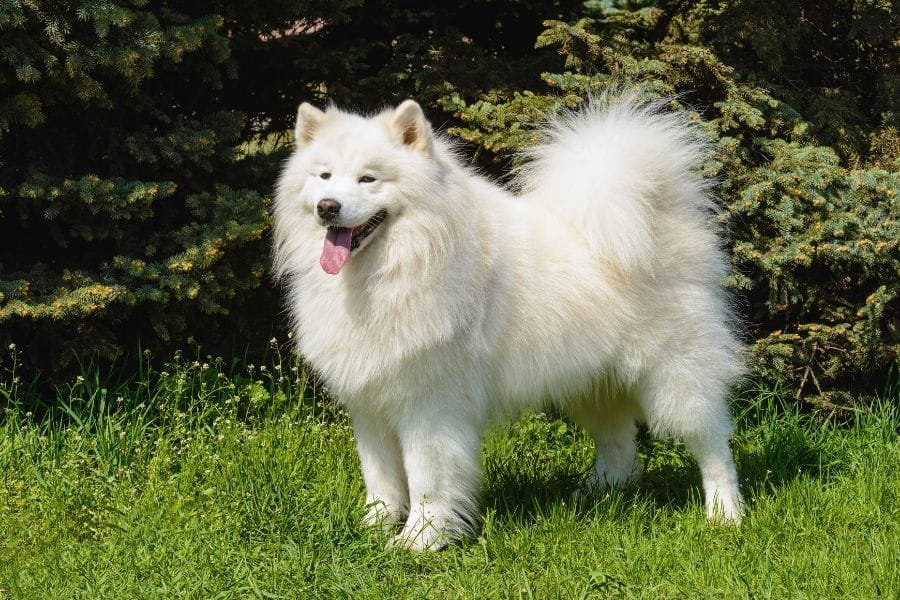
Top 1,000 Most Popular Dog Names
Looking for the perfect dog name for your new pup? We have created filterable lists of dog names from our database of hundreds of thousands of Sniffspot users. You can filter by gender, breed and state to find the most cute, unique and creative dog names.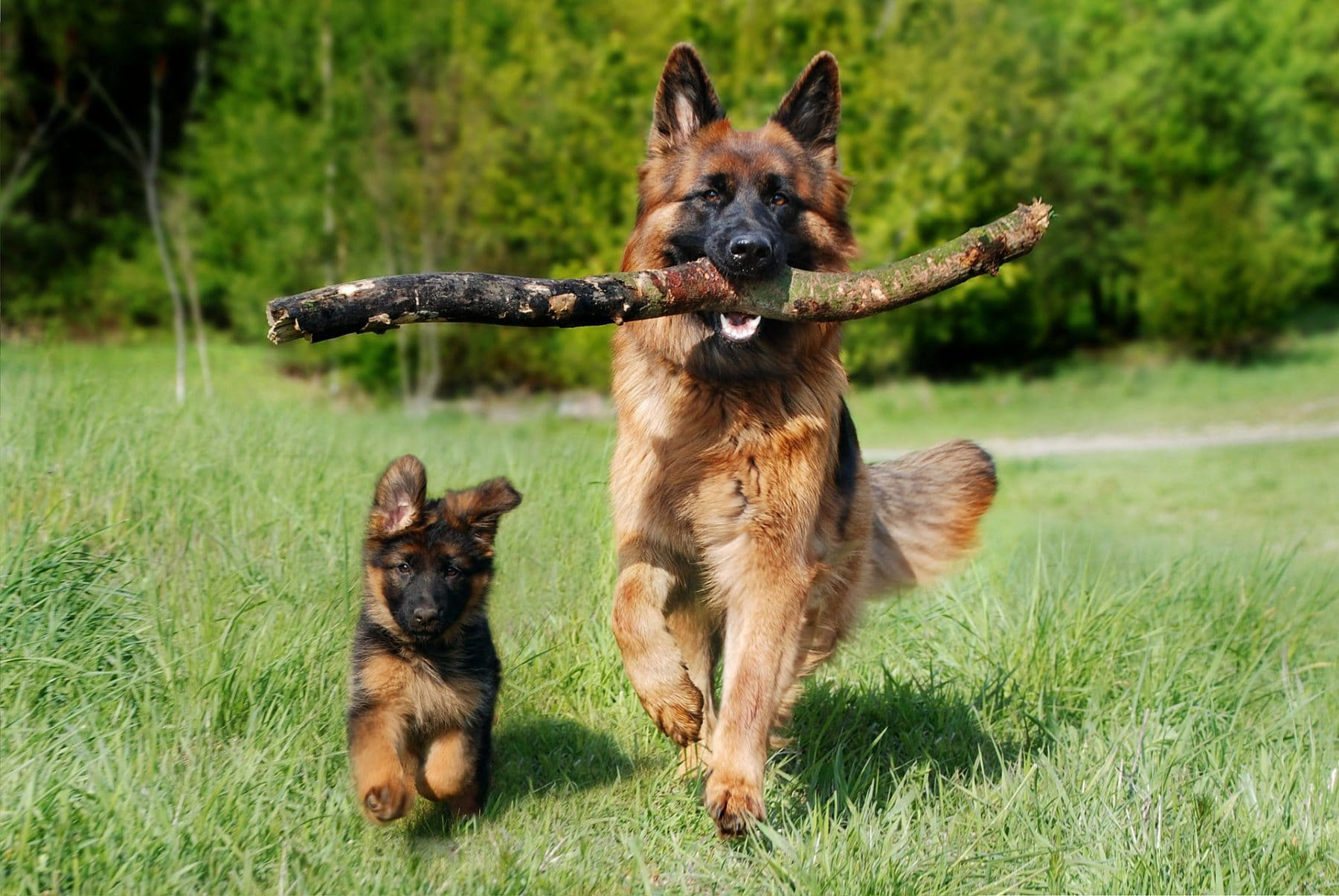
Most Popular Male Dog Names
Looking for the perfect dog name for your new male pup? We have created filterable lists of male dog names from our database of hundreds of thousands of Sniffspot users. You can filter by gender, breed and state to find the most cute, unique and creative male dog names.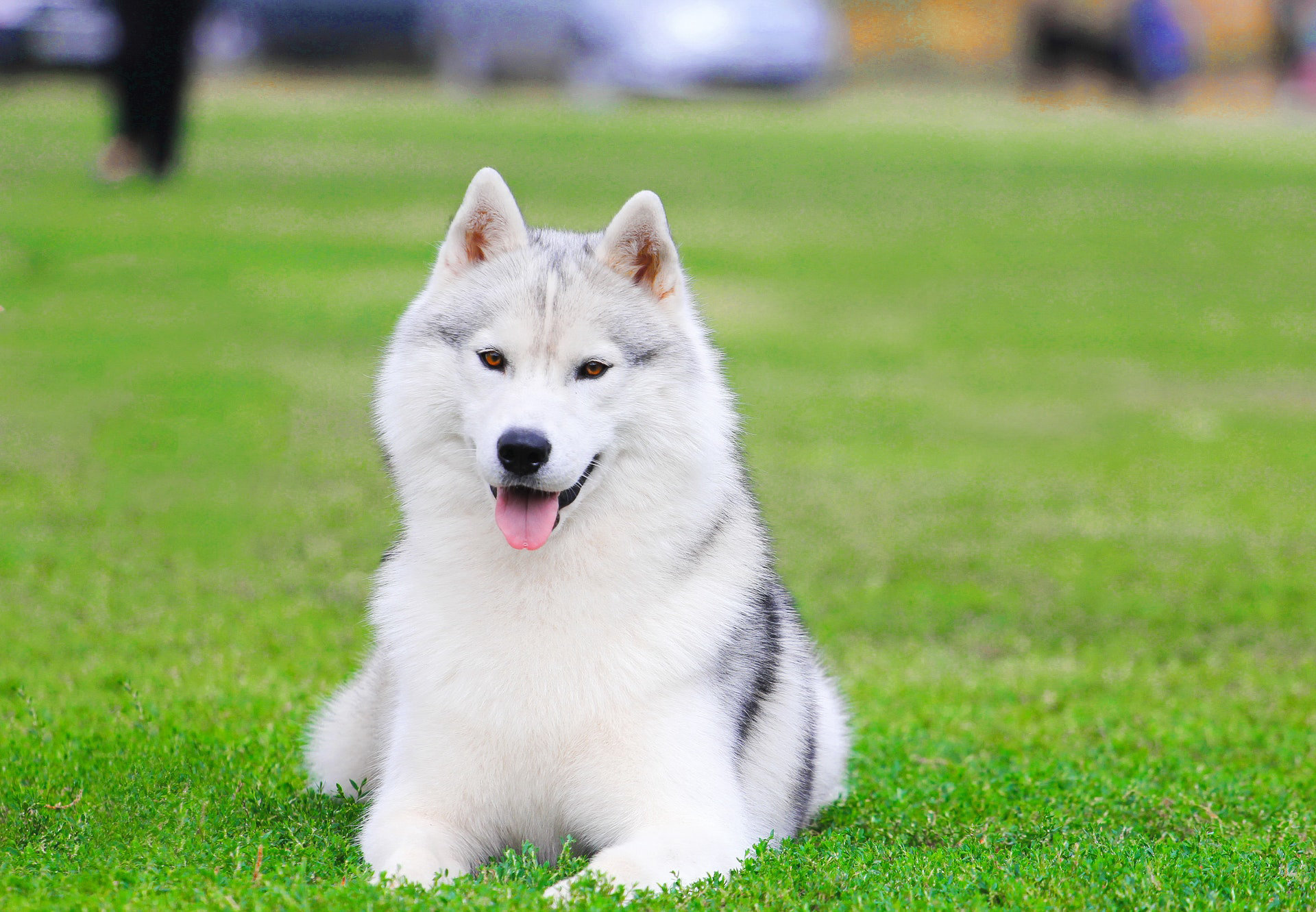
Most Popular Female Dog Names
Looking for the perfect dog name for your new female pup? We have created filterable lists of female dog names from our database of hundreds of thousands of Sniffspot users. You can filter by gender, breed and state to find the most cute, unique and creative female dog names.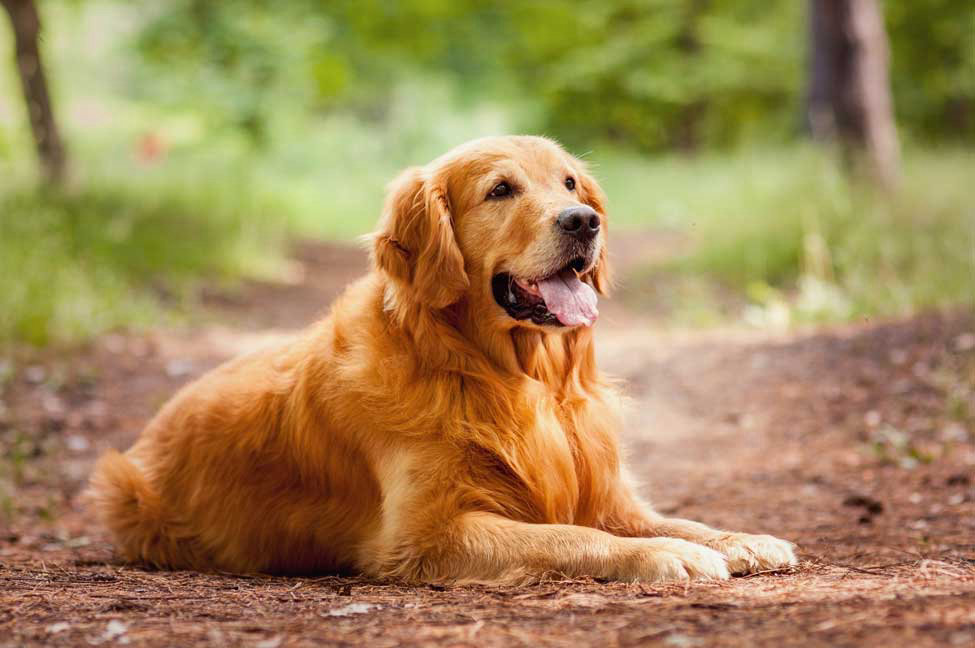
Most Popular Golden Retriever Names
Welcome to our comprehensive list of Golden Retriever dog names, curated from our vast database of Sniffspot users. Filter through hundreds of thousands of options by gender, breed, and state to discover the most adorable, original, and imaginative names for your beloved Golden Retriever.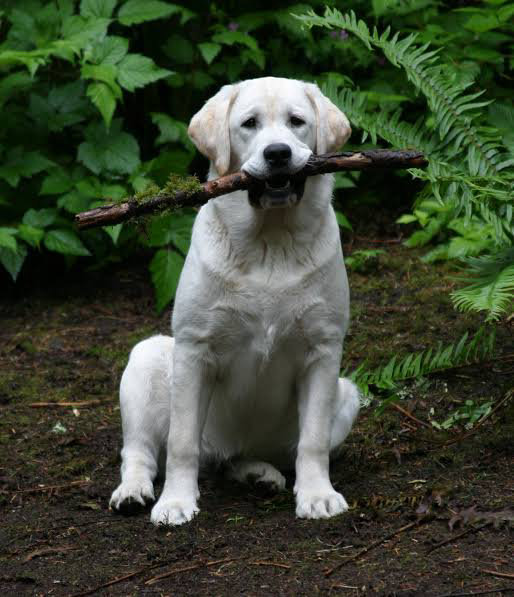
Most Popular Labrador Retriever Names
Welcome to our Labrador Retriever dog names page! Here you can browse through filterable lists of names for your beloved furry friend, ranging from cute and classic to unique and creative options. Our database of hundreds of thousands of Sniffspot users ensures you'll find the perfect name for your Labrador Retriever, whether you're seeking a name for a male or female, based on breed or state.
Top dog rescues in the US

The Best Washington Dog Rescues & Shelters in 2025
This list showcases the top dog rescues & shelters in Washington. These remarkable organizations have been recognized for their unwavering dedication to the well-being of countless dogs.
The Best Oregon Dog Rescues & Shelters in 2025
This list showcases the top dog rescues & shelters in Oregon. These remarkable organizations have been recognized for their unwavering dedication to the well-being of countless dogs.
The Best California Dog Rescues & Shelters in 2025
This list showcases the top dog rescues & shelters in California. These remarkable organizations have been recognized for their unwavering dedication to the well-being of countless dogs.
The Best Florida Dog Rescues & Shelters in 2025
This list showcases the top dog rescues & shelters in Florida. These remarkable organizations have been recognized for their unwavering dedication to the well-being of countless dogs.
The Best New York Dog Rescues & Shelters in 2025
This list showcases the top dog rescues & shelters in New York. These remarkable organizations have been recognized for their unwavering dedication to the well-being of countless dogs.











